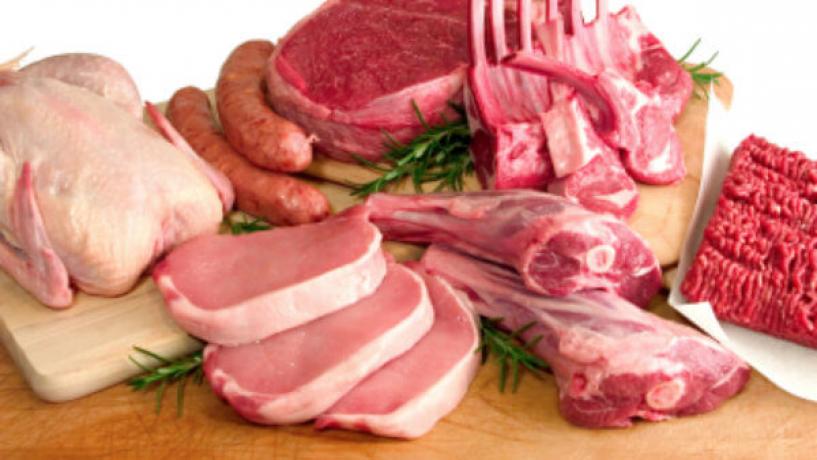
There are many reasons why a given meat or poultry producing company might want to add additives to their products.
Not only do they help prevent spoilage and deterioration, but they deter contamination. Additives can also help improve the appearance or flavour of the items, as well as aid in the process of packaging or preparing food.
Many people don’t spend a whole lot of time thinking about where their meats and poultry products come from. We simply assume that our grocer or supermarket staff will be taking care of that for us and making sure that the food we purchase, cook, and eat is free of outside contamination. Part of the process of doing this involves the addition of food additives to keep products safe for consumption in the event they’re being shipped from outside the area.
As is the case with anything to do with food handling and transportation, strict regulations must be followed when it comes to the inclusion of additives in the foods we eat. All additives must be deemed safe for use by a major food safety authority. Their use and manufacture are also closely monitored by those agencies, as are the various ways a given item is allowed to be used or applied.
Today’s labelling laws also require transparency in regards to what goes into people’s food so that they can make informed personal decisions about what they want to eat and how. All ingredients have to be listed on a product’s packaging. Anything not used specifically for flavouring (like “spices”) must be listed individually by name. This allows the consumer to know exactly what is going into their food, even in regards to what it’s treated with in order to ensure preservation.





